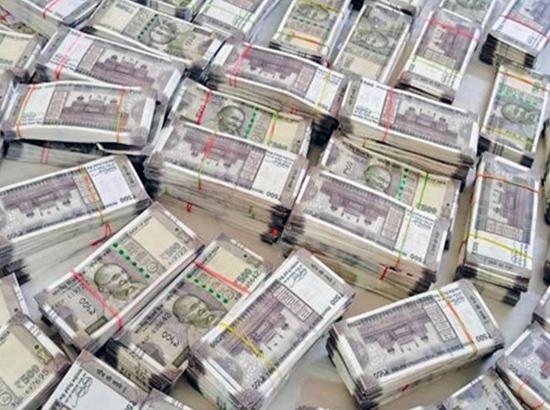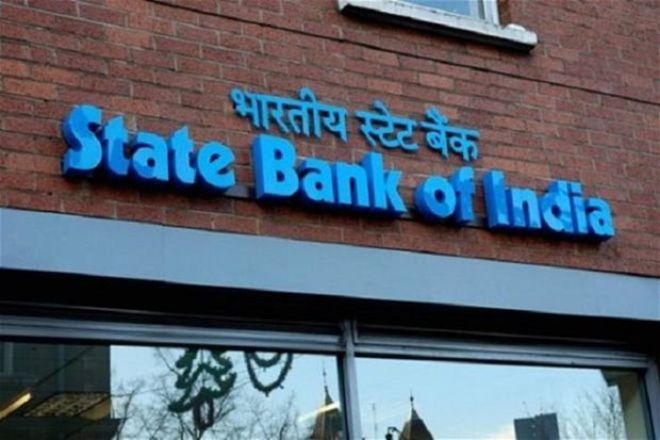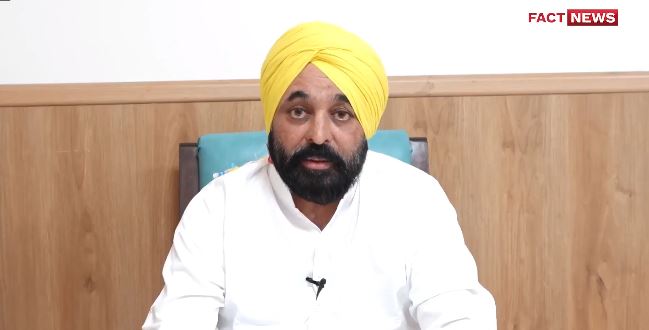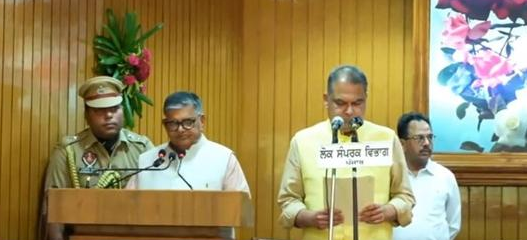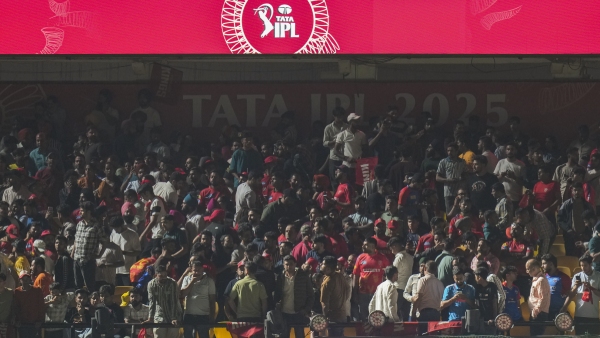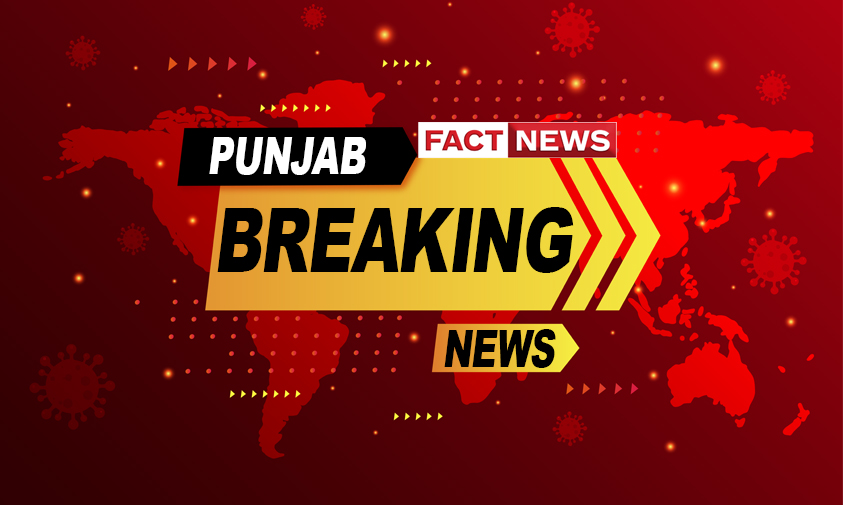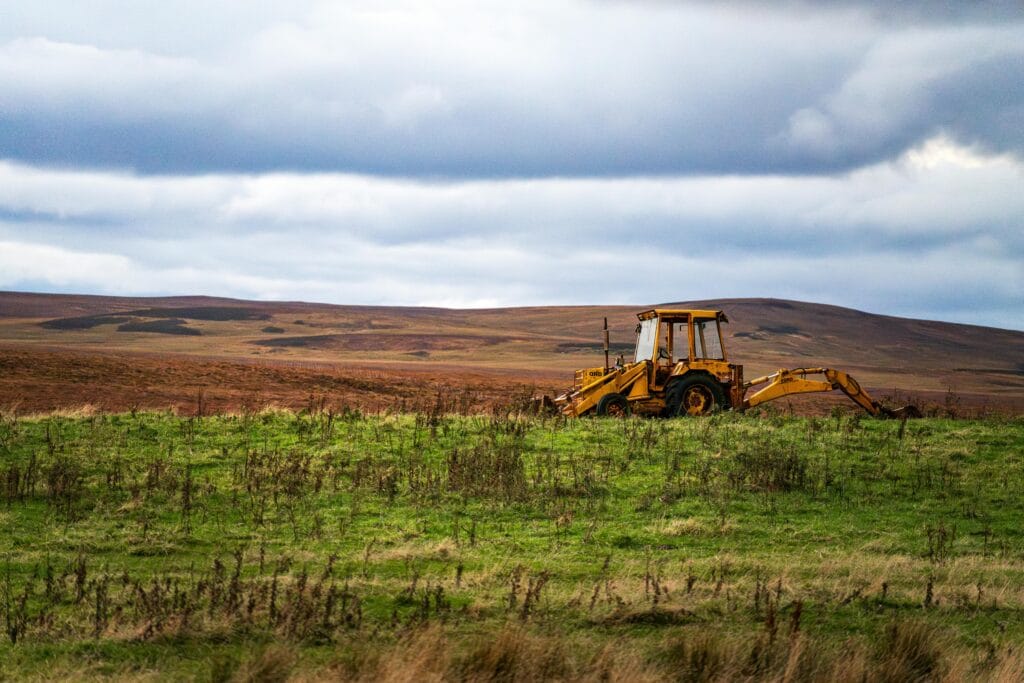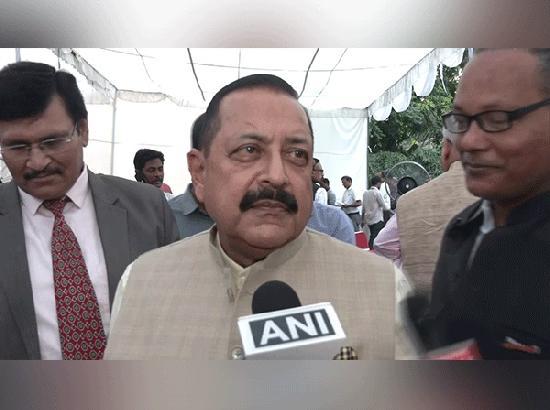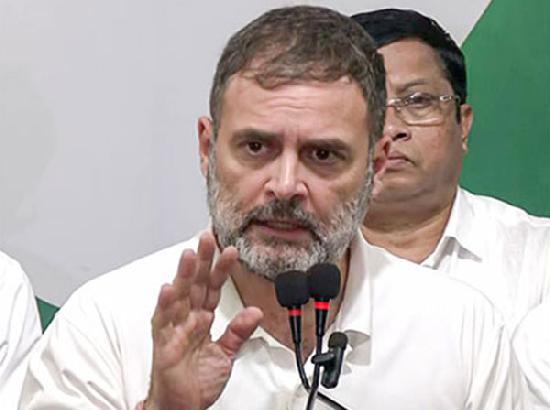Amid inflation moderation, experts suggest continued vigil on outlook
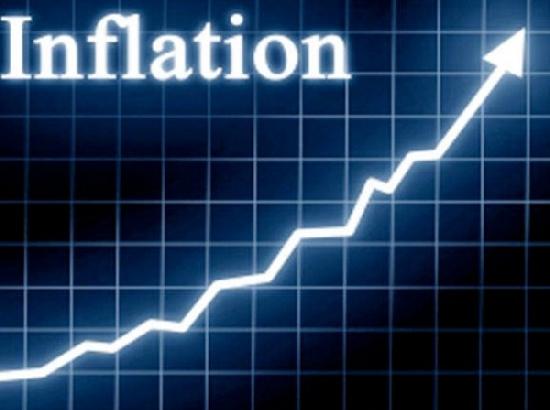
New Delhi, June 14
Retail inflation in India further eased in May to 4.25 percent, hitting a two-year low. It was at 4.7 percent in April and 5.7 percent the previous month.
The inflation index for rural and urban was 4.17 percent and 4.27 percent respectively. The sub-index for oils and fats, fruits declined in May, data released by the Ministry of Statistics and Programme Implementation on Monday revealed. RBI’s consistent monetary policy tightening since mid-2022 could be attributed to India’s substantial decline in inflation numbers. India’s retail inflation was above RBI’s 6 percent target for three consecutive quarters and had managed to fall back to the RBI’s comfort zone only in November 2022.
Under the flexible inflation targeting framework, the RBI is deemed to have failed in managing price rises if the CPI-based inflation is outside the 2-6 percent range for three quarters in a row.
Following are some of the excerpts of views from experts on the May inflation figures:
Dharmakirti Joshi, Chief Economist, CRISIL
Inflation inching closer to 4 percent gives relief to the Monetary Policy Committee (MPC). However, part of this softening is driven by a one-off base effect and inflation will lift to 5 percent when the base effect fades away in the next few months. We expect CPI inflation to average 5 percent this fiscal from 6.7 percent in the last.
A supportive monsoon is a key assumption underlying this forecast. In this scenario, we expect the MPC to maintain a pause as it continues to watch the impact of past rate hikes. As growth slowdown seeps in and inflation moderates, we expect it to cut rates by the end of this fiscal
Soumya Kanti Ghosh, Group Chief Economic Adviser, SBI
The retail inflation remained within the tolerance range of the RBI for the third consecutive month. Nevertheless, continued vigil on the evolving inflation outlook is warranted, especially as the monsoon outlook and the impact of El Nino remain uncertain.
Rajani Sinha, Chief Economist, CareEdge
Going ahead, a marginal uptick in inflation print could be seen as the support from favourable base wanes. However, it is broadly expected to remain range bound averaging at 4.7 per cent and 5.0 percent in Q1 FY24 and Q2 FY24, respectively (CareEdge projections). The supply-side measures taken by the government to contain prices of essential food items such as wheat and pulses augur well for food inflation.
On the policy front, we expect the RBI to maintain a status quo in 2023 with CPI inflation above 4 percent target and growth impulses expected to hold up well.


